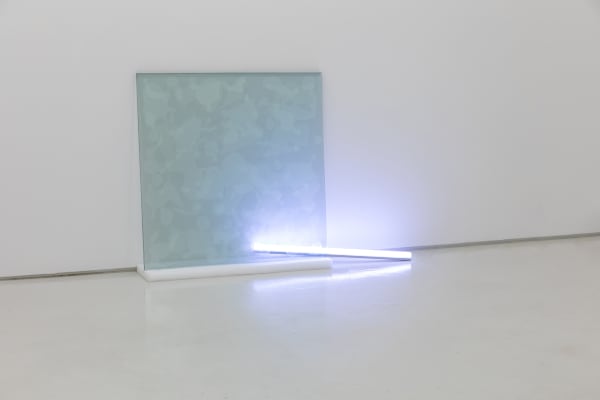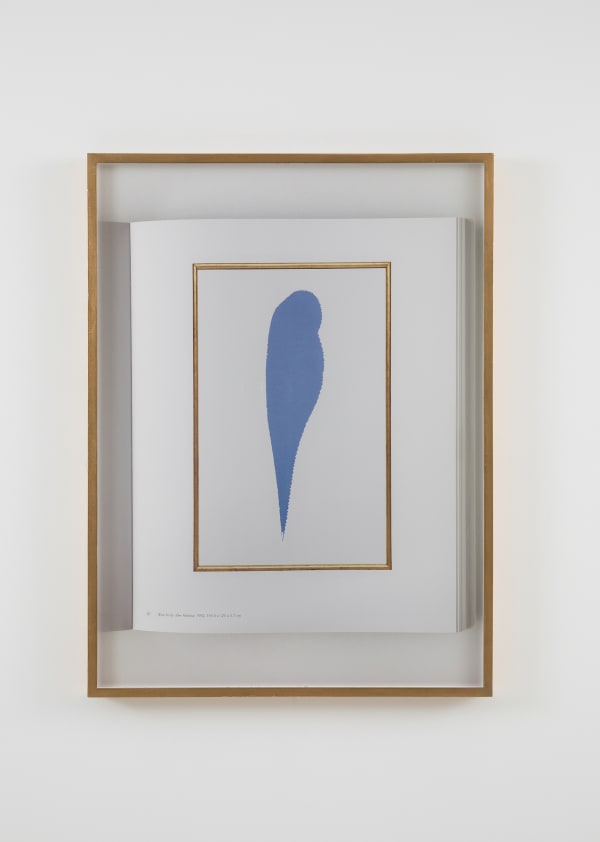‘Seeing’ is a contentious issue. Being controlled by autonomous body features and sensory organs, each ‘gaze’ continuously operates, revises and accumulates ‘its own recognition system’ which is a foundation of autonomy. On the supposition that the independent act of seeing guaranteed uniqueness of an individual, phases of development in current societies aiming at hyper-integration and hyper-connection have consequently imposed a gradual restriction on the autonomous ‘gaze’ of contemporaries. Restricting a right to select targets of their gaze, such as certain objects or images, indicates that an individual’s subjectivity no longer demonstrates its maximum in terms of an activity of seeing, rather than only signifying physical limits applied to a body including retinas whose function is a starting point of independently recognizing and processing images.
For example, an individual spends his or her entire day in a big city consisting of buildings, highways, transport facilities, offices, apartments, restaurants and coffee shops established and run by a variety of specific regulations including industrial standards and safety certifications. Under this circumstance, our capacity of vision becomes passive in order to maintain a safe and peaceful day within a territory the present social system and rules allow. Though the progress of IT industries enables people to approach escape-routes having access to an unlimited quantity of digital images, they often remain as passive observers.
Michel Foucault (1926–1984) anticipated the advent of this phenomenon and its intensification, insisting that the capitalistic community system in pursuit of increasing and standardizing productivity and efficiency had contributed to universalization and expansion of geometrically organized social structures, called ‘Panopticon’, in his representative book, ‘Discipline and Punish’ (1975).
Mass media was one of the vehicles that assisted constructing spectacle yet standardized societies, whereas it later has been developed into a subject which voluntarily reinforces the phenomenon. Thus, its infinite ubiquitous reproduction and repetition based upon advanced technologies and an immoderate intermix of the public and commerce have been regulating our daily life, threatening the status of self and weakening a sense of peculiarity. In other words, our instant responses to all things of the universe and a behavior of forming images considerably rely on aspects of social structures we belong to (value system, norms and lifestyles). Accordingly, a source of autonomous contemplation of particular situations and objects which distinguishes one from another actually does not grow in completely independent ground; it is rather influenced by choices made depending on each individual’s trait and tendency among equally given information by mass media. Eventually, the dominance of media reduces distinctions between individuals’ viewpoints, and at the same time consolidates oligopoly of some particular responses and decisions.
This group exhibition at Chapter II is curated to provide visitors an opportunity to gain a critical perspective on our preconceptions and universal ways of thinking widely formed by others, through ‘windows’ suggested by four artists, Beom Kim, Jangoh Hong, Heeseung Chung and Yongju Kwon. Their extraordinary works appeared in shapes which contain atypical properties and appearances or critically invade borderlines of common sense encourage the spectators to activate their own system of cogitation instead of obeying uniformed interpretations guided by an existing structure of value. Although, as mentioned above, the individual’s standpoint inevitably depends on regimentally educated and accumulated information, the exhibition will inspire the viewers to lead numerous creative variations and opinions based upon allegories conveyed in each exhibited artwork, and moreover to broaden their understandings by spontaneously speculating the artists’ original intentions.












